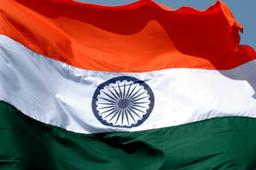 | « Back to article | Print this article |
 After mobile phones, India is set to see another revolution in the technology space.
After mobile phones, India is set to see another revolution in the technology space.
According to the latest report of the Internet and Mobile Association of India, the number of Internet users in India crossed the 100-million mark in September.
This is a 13 per cent increase over last year, when the number of internet users stood at 87 million.
The total number of 'claimed' Internet users now stands at 112 million. Claimed users are those who say they have accessed the internet to get some specific information (checking results online, for example).
The study, conducted in association with research company IMRB, says, with the affordability of internet-friendly devices increasing, the number is expected to reach 121 million by the end of December.
"A 100 million internet users is considered a critical landmark for the country. With this, internet use in India is expected to enter a critical period of growth, with the possibility of the country becoming the largest internet user in the world in this decade," said IAMAI President Subho Ray.
The numbers assume importance because the Indian government has for long been trying to make internet accessible to the masses.
Earlier this year, IT and communications minister Kapil Sibal had said his ministry was bringing out a policy on rolling out mobile governance and electronic service delivery bill as part of its e-governance initiatives.
Interestingly,